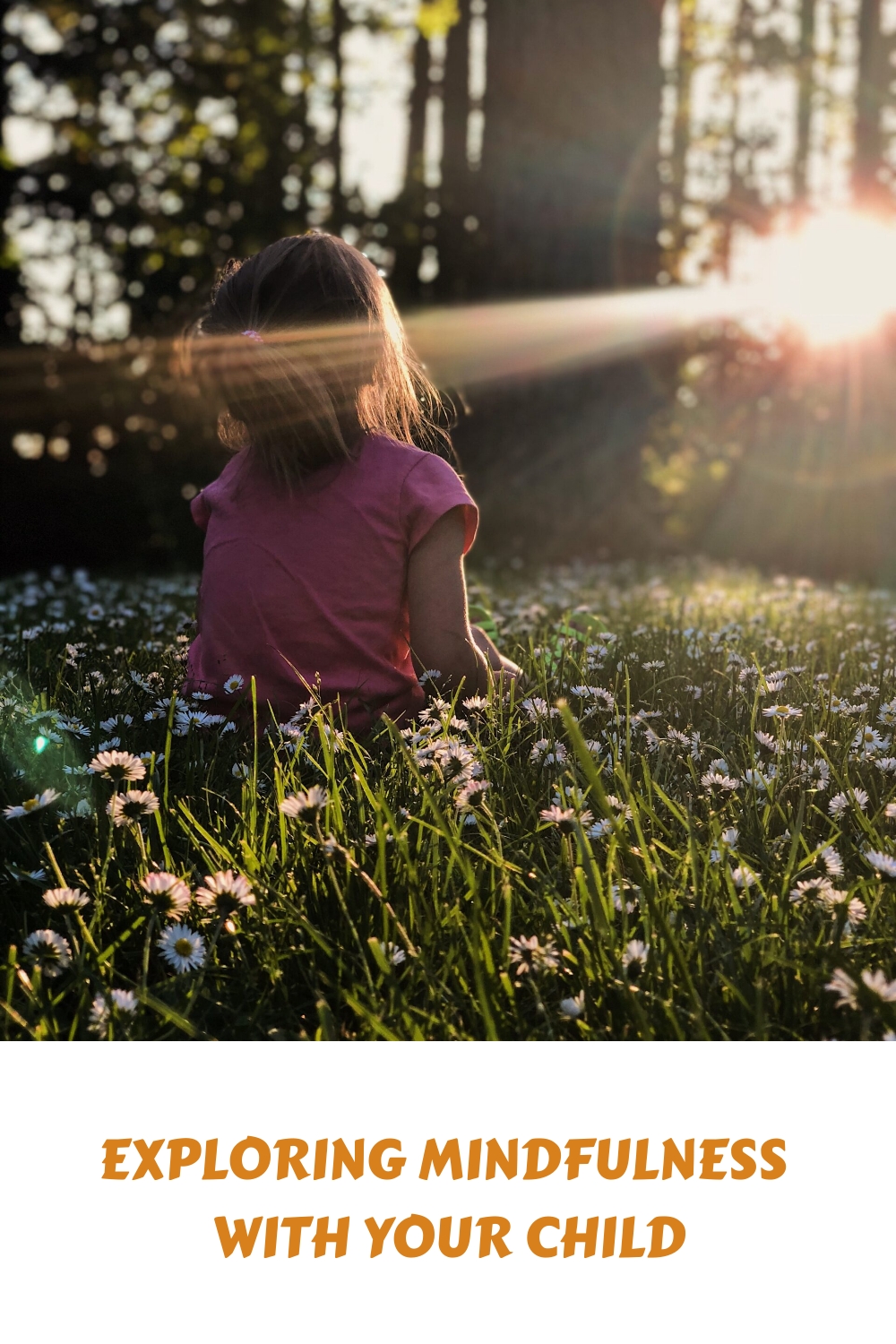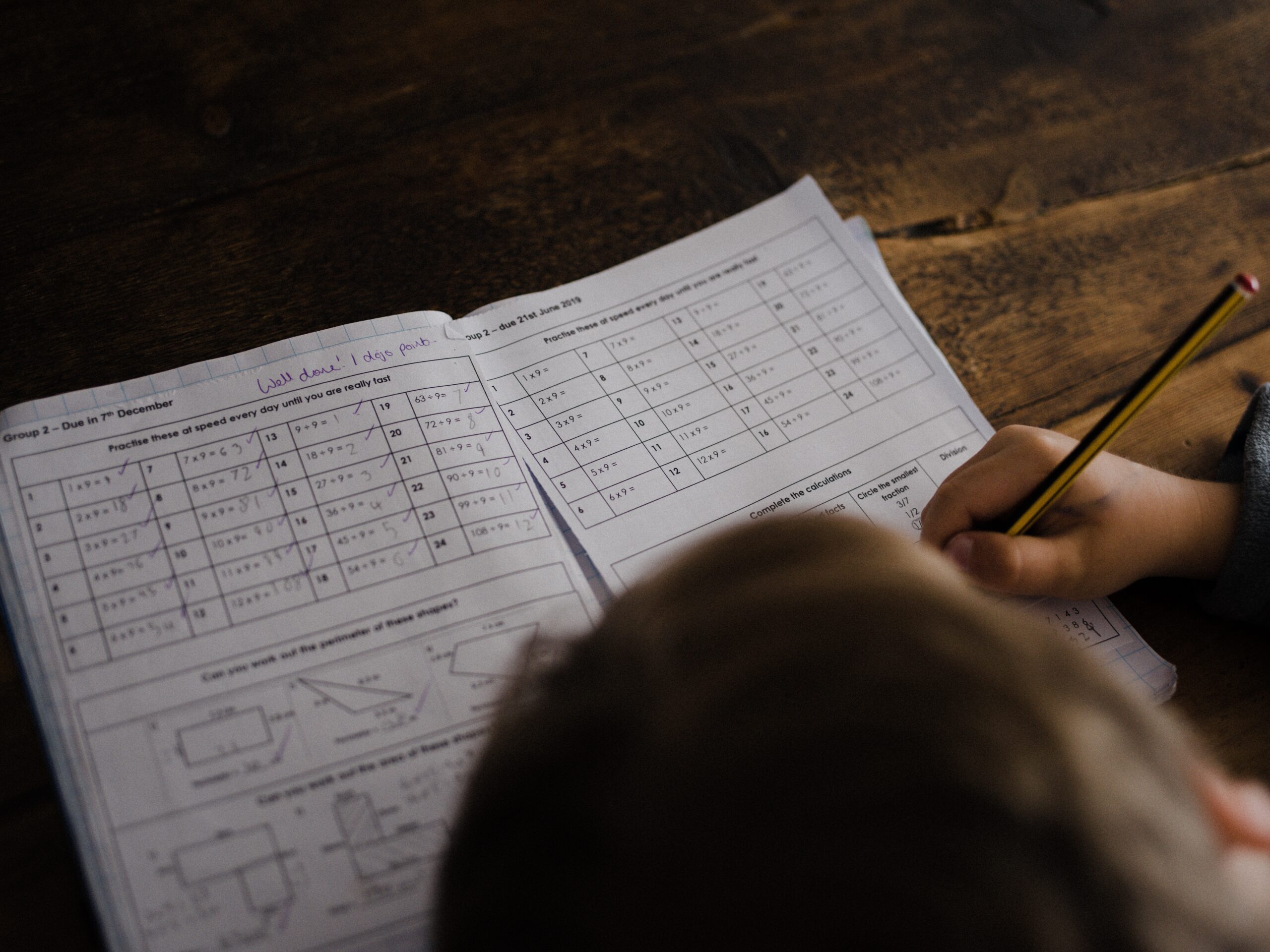Exploring Mindfulness with Your Child
In today’s fast-paced world, introducing mindfulness to your child can be a powerful way to equip them with essential life skills. Mindfulness, the practice of being present and fully engaged in the current moment, has numerous benefits for children, including improved focus, emotional regulation, and a greater sense of wellbeing.
In this blog post, we’ll explore how to embark on the journey of mindfulness with your child and create moments of tranquillity in their everyday lives.
What is Mindfulness for Children?
Begin by explaining mindfulness to your child in age-appropriate language. Emphasise that it means paying attention to the present moment without judgement. Use simple examples to illustrate, such as feeling the warmth of sunlight or listening to the sounds around them.
Practise Mindful Breathing
Teach your child the art of mindful breathing. Help them focus on their breath, guiding them to take slow, deep breaths and paying attention to the sensation of inhaling and exhaling. This simple practice can be done anywhere and serves as an excellent tool for calming the mind.
Mindful Observation
Engage your child’s senses by practising mindful observation. Take nature walks together and encourage them to notice the colours, textures, and scents around them. This activity not only promotes mindfulness but also strengthens their connection to the world.
Mindful Eating
Transform meals into mindful experiences. Encourage your child to savour each bite, paying attention to the flavours and textures of their food. This practice not only fosters mindfulness but also promotes a healthy relationship with food.
Create a Mindfulness Corner
Designate a peaceful space in your home as a mindfulness corner. Decorate it with calming colours and include items like soft cushions or a cosy blanket. This dedicated space can serve as a retreat where your child can practise mindfulness through activities like reading, drawing, or simply being present.
Guided Imagery and Meditation
Introduce guided imagery or short meditation sessions suitable for children. Use age-appropriate scripts or recordings that encourage them to visualise positive and calming scenes. This practice aids in relaxation and promotes emotional wellbeing.
Mindful Activities
Engage in mindful activities that capture your child’s interest. This could include arts and crafts, yoga, or even simple exercises that promote focus and concentration. The key is to combine enjoyment with mindfulness. This senior school in Surrey allows students to explore these kinds of activities through additional extracurricular support, clubs, and pastoral care.
Encourage Emotional Awareness
Teach your child to recognise and express their emotions without judgement. Create an open environment where they feel comfortable discussing their feelings. Mindfulness provides a valuable tool for understanding and managing emotions in a healthy way.
Model Mindfulness
Children often learn by example. Demonstrate mindfulness in your own life by incorporating these practices into your daily routine. Your child is more likely to embrace mindfulness if they see it as a positive and enjoyable part of family life.
Introducing mindfulness to your child is a gift that can enhance their overall wellbeing. By incorporating mindful practices into daily life, you’re providing them with valuable tools to navigate challenges, regulate emotions, and appreciate the beauty of each moment. The journey of exploring mindfulness with your child is not only a bonding experience but also an investment in their mental and emotional resilience for years to come.







